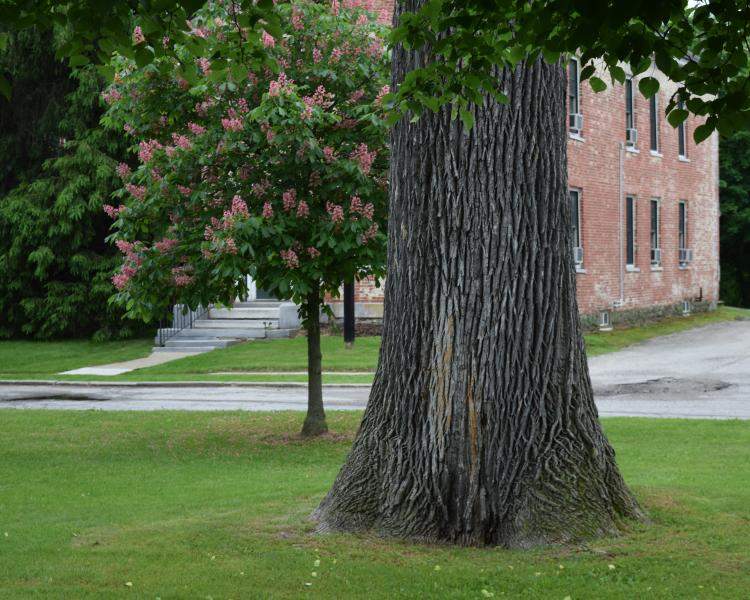Municipalities with written and accepted shade tree preservation plans provide clarity, timeliness, and vision to the people and policies that govern stewardship of public shade trees. As outlined in the 2020 amendments of the Vermont statutes pertaining to municipal trees, such plans are optional but encouraged. When approved by both the municipal tree warden and the governing body of the municipality (a select board or city council), a shade tree preservation plan defines the standards by which tree planting, maintenance, and removal will be met, outlines financial commitments that might be required of the municipality, and specifies which municipal committees or boards also possess roles and responsibilities in shade tree stewardship. Additionally, a shade tree preservation plan may designate trees other than those planted by the municipality as municipal shade trees, whether on municipally-owned land or in municipal right-of-ways. For many towns, this designation highlights the importance of certain trees or zones of trees that define the character of its public outdoor spaces.

Shade Tree Preservation Plans
In accordance with statute 24 V.S.A. § 2502, a community may adopt a shade tree preservation plan to outline municipal tree planting and tree care programs and standards, and expand the role of the tree warden beyond caring for solely municipally-planted trees.
Template and Example Plans
VT UCF has wrapped up its 2021-2022 technical assistance project that partnered with 10 municipalities to draft shade tree preservation plans. Participating municipalities collectively contributed over 700 hours of volunteer and staff time towards researching, drafting, and sharing draft shade tree preservation plans in their communities.
VT UCF is aware of three Vermont municipalities that have accepted municipal shade tree plans; the Towns of Brattleboro, Calais, and Mount Holly.
For specific questions about drafting your municipality's shade tree preservation plan, or to let us know that your municipality has accepted a shade tree preservation plan, contact Joanne Garton at joanne.garton@vermont.gov.
Why create a Shade Tree Preservation Plan?
For more information on the amended Tree Warden Statutes and Shade Tree Preservation Plans, visit the Vermont League of Cities and Town's Tree Law webpage.
What is required in a Shade Tree Preservation Plan?
In accordance with statute 24 V.S.A. § 2502, if a community would like to expand the role of the tree warden, (beyond caring for municipally-planted and designated shade trees) a Shade Tree Preservation Plan may be adopted. The plan must include:
- Description of any program for the planting of new trees and shrubs;
- Provide for the maintenance of shade trees through feeding, pruning, and protection from noxious insect and disease pests;
- Determine the apportionment of costs for tree warden services provided to other municipal corporations;
- Determine whether tree maintenance or removal on specific municipal property shall require the approval of another municipal officer or legislative body; and
- Determine the process, not inconsistent with this chapter, for the removal of:
(A) diseased, dying, or dead shade trees; and
(B) any shade trees that create a hazard to public safety, impact a disease or insect control program, or must be removed to comply with State or federal law or permitting requirements.
Additionally, plans may include:
- Map locations or zones within the municipality where all trees in whole or in part within a public way or place shall be designated as shade trees; and
- Designate as a shade tree any tree in whole or in part within a public way, provided that the tree warden and legislative body of the municipality find that the tree is critical to the cultural, historical, or aesthetic character of the municipality.